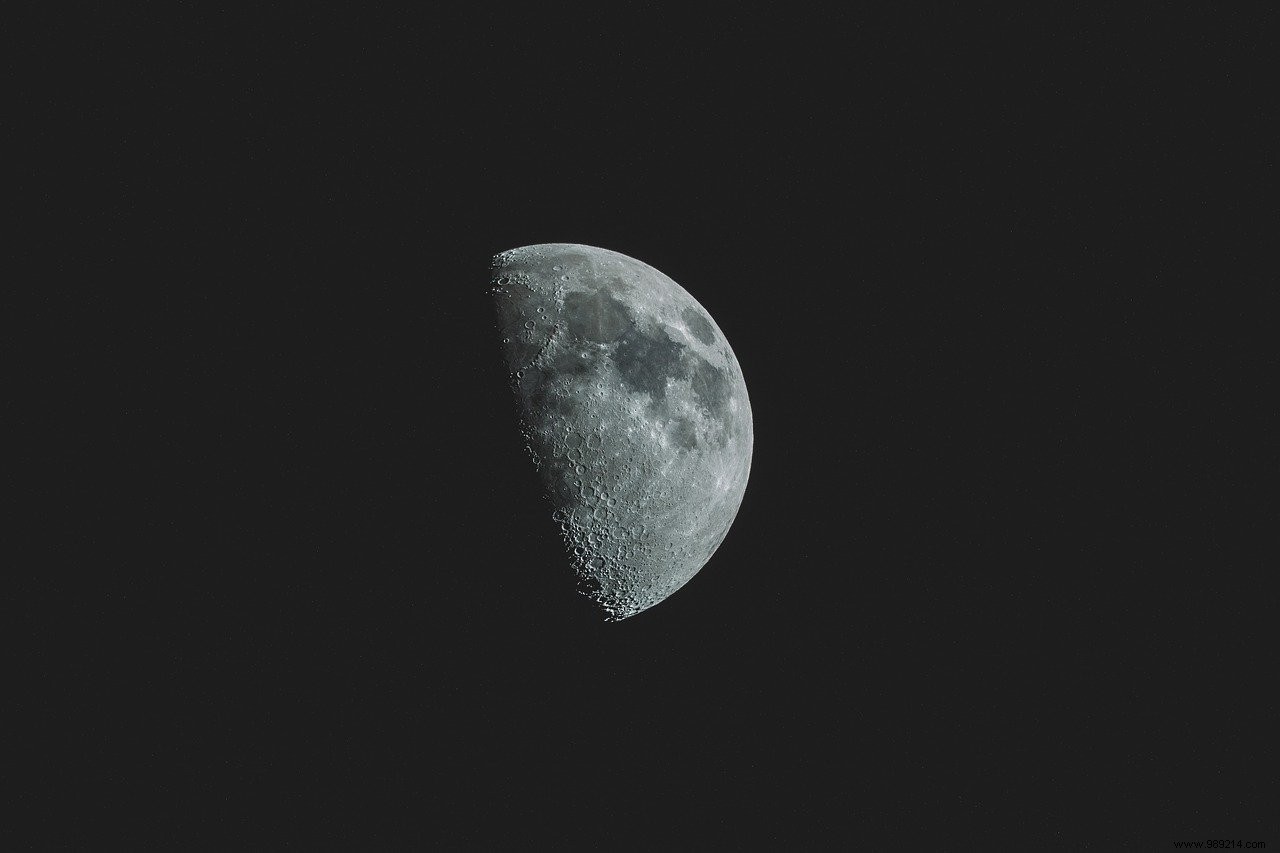The United Arab Emirates plans to send a rover to the moon in 2024, a senior Emirati official said on Tuesday. If successful, the UAE could become the fourth country in the world to achieve this goal.
The Emirati regime has prided itself for some years on being technically progressive. In our time, that means having a space program developed enough to "play in the big leagues." In this sense, the UAE has come a long way.
In September 2019, a first Emirati cosmonaut, Hazzaa Ali Almansoori, indeed flew aboard a Russian Soyuz rocket to join the ISS . The United Arab Emirates is also in on the action with its Mars Hope mission, which will aim to focus on studying the Martian atmosphere . The orbiter, which took off successfully last July, should be able to reach the red planet next February.
The Emirati regime would also like to aim for the Moon, planning to send a first rover there from 2024 . The announcement was made on Tuesday by Mohammed bin Rashid Al Maktoum, the Vice President and Prime Minister of the United Arab Emirates. The landing area has not yet been specified. On the other hand, the Prime Minister assures that it will have never been explored before by human missions.
Recall that the UAE relied on a Japanese H-IIA (Mitsubishi Heavy Industries) rocket from the Tanegashima base to launch its Mars Hope mission. On the other hand, we do not know who will be in charge of launching this new lunar rover.
The Emirati rover, which will weigh no more than ten kilos, has been named "Rashid" in honor of Rashid bin Said Al Maktoum, the late father of Mohammed bin Rashid Al Maktoum who was one of the first founding rulers of the United Arab Emirates. According to the government, which did not go into details, it will take care of analyzing the lunar surface . It will also carry two high resolution cameras and a thermal imaging camera.

If successful in 2024, the UAE could become the fourth country to successfully land a spaceship on the Moon, after the United States, the Soviet Union and China.
Note that India also tried its luck with its Chandrayaan-1 mission, in 2008. Unfortunately, the probe then crashed on the Moon before being found by NASA in 2016. The Chandrayaan-2 mission experienced the same setbacks in September 2019. The engineers had indeed lost contact with the lander just before it touched the ground. The machine then crashed. Its debris was spotted in November 2019, again by NASA.
Israel also tried unsuccessfully in April 2019 on a private mission. Nearly eight weeks after its launch, the main engine of the lander had then failed during its descent. The craft had finally crashed on the surface, in the middle of the Sea of Serenity.